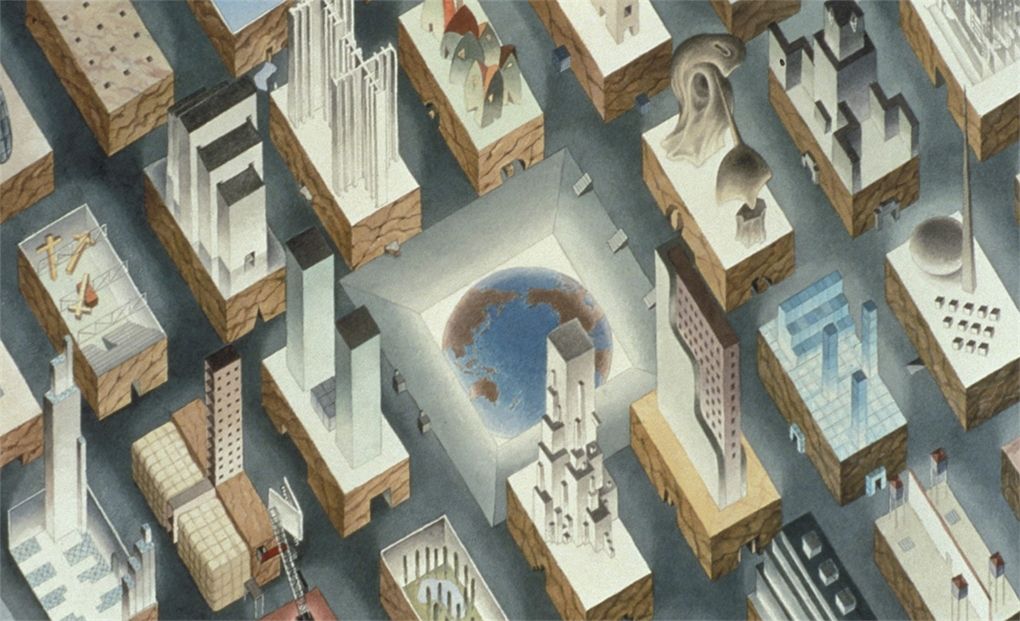
- Surrealism and architecture by thomas mical pdf install#
- Surrealism and architecture by thomas mical pdf professional#
Designed by her own hand, the stone reliefs of the muses were accompanied by portraits of her favourite writers and the titles of their most treasured works.
Surrealism and architecture by thomas mical pdf install#
Thirteen years on from laying the first stone, the famous author was anxious to install herself in the studio on the top floor of ‘Torre de la Quimera’, a room identifiable on the outside by the so-called Balcony of Muses. In August 1907, the Spanish writer Emilia Pardo Bazán took up residence at Torres de Meirás, even as the finishing touches were still being put on the new abode. On the opposite, it allowed the suburbs to develop autonomously their contents, constituting themselves as pars construens of the very concept of the late baroque. This is because not only are architectural results perfectly aligned with the Roman practices, but also for the particular dialogue that its operators establish with the capital, the phenomenology of the case cannot be overviewed as a simple dependence. To explore this process, the issue of the Legation of Romagna – one of the suburban regions of the Pontifical State – is an interesting case study. Indeed, within the Pontifical State itself, only at the beginning of the eighteenth century through the spreading of printed material and the opportunity to pursue a local version of the ‘Grand Tour’, provincial architects took advantage of expertise and offered fully developed interpretations of the new language. Subsequently, the baroque models initiated to be easily interpreted and exported to suburban areas.
Surrealism and architecture by thomas mical pdf professional#
In this regard, Carlo Fontana (1636–1714) played a key role, both in the definition of new models through his professional pursuits and in the academic teachings, which were based on a process of regularisation of these innovations.

Therefore, an operation of simplification and geometric clarification was presumed a much-needed prerequisite in developing this heritage. Roman baroque architecture and urban planning was characterised by a rigorous spatial configuration and a solid internal coherence, which made most built organisms unavailable to an outright emulative process. However, the process of diffusion and internationalisation was not an either immediate, or a straightforward one. ABSTRACT: The baroque experience not only renewed the image of Rome, but also modified the outlook of all those local centres that adopted this experience as a modern cultural address.


Vicente (a cura di), Proceedings of the Fifth International Conference of the European Architectural History Network, atti del convegno internazionale (Tallinn, 13-16 giugno 2018), Estonian Academy of Arts, Tallinn 2018, pp. The Developments of Roman Baroque in Romagna during the Eighteenth Century, in A.


 0 kommentar(er)
0 kommentar(er)
